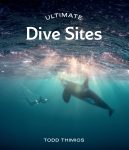Discovering the Rich Waters & Culture of Palau
The Palau Pledge
‘Children of Palau, I take this pledge, as your guest, to preserve and protect your beautiful and unique island home. I vow to tread lightly, act kindly and explore mindfully …’. When entering The Republic of Palau, every visitor must sign The Palau Pledge. Palau is the first country in the world to incorporate such a clause of environmental protection into its immigration laws. They’ve also banned toxic sunscreens; created the world’s first shark sanctuary back in 2009; and turned 80 per cent of their waters into a non-commercial fishing zone. With over 1400 species of fish and over 500 species of coral, Palau is a diver’s heaven, and thanks to the actions of its people it will continue to be for generations to come.
Hundreds of tiny, mushroom-shaped islands create a stunning backdrop to some incredible diving and snorkelling in Palau.
From reef sharks and giant Napoleon wrasse to manta trains, gentle sloping reefs to dramatic walls, blue holes and caves to WWII wrecks, the crystal-clear waters of Palau offer something for ocean lovers of all sorts.
When joining the ‘Island and Atolls of Micronesia‘ voyage, certified divers have the opportunity on board to do up to 3 dives and snorkellers to swim over World War II wrecks and coral reef systems.
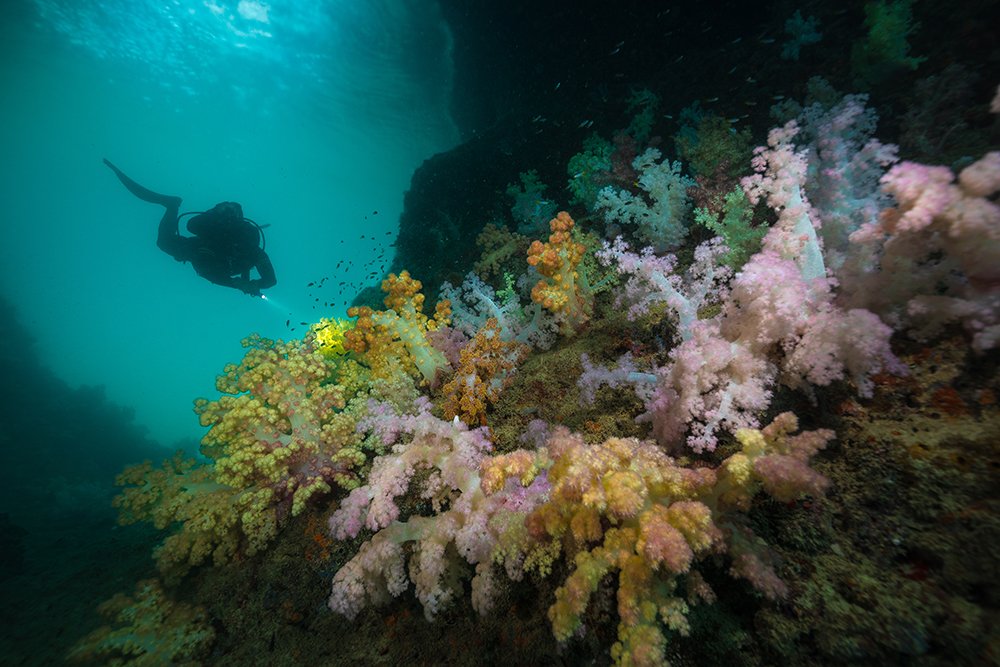
Image by Todd Thimios
Diving & Snorkelling with Coral Expeditions
Ant Atoll, Micronesia
Rohsa (traditional leader/king) has refused all attempts to develop this area preferring it to remain in its natural state and is home to a stunning coral reef where you can snorkel or dive. Home to some of the largest colonies of terns, black noddies and frigatebirds in the Pacific, the lagoon also has a thriving population of grey reef sharks.
Truk Lagoon, Micronesia
With a protective reef of 225km enclosing the natural harbour, Truuk lagoon was the perfect location for Japan’s World War II South Pacific base. It became the site of a major USA attack called Operation Hailstone in Feb 1944, leaving behind many wrecks which now provide world-class wreck diving. This is a great opportunity for certified divers on board to do up to 3 dives and snorkellers to swim over World War II wrecks and coral reef systems.
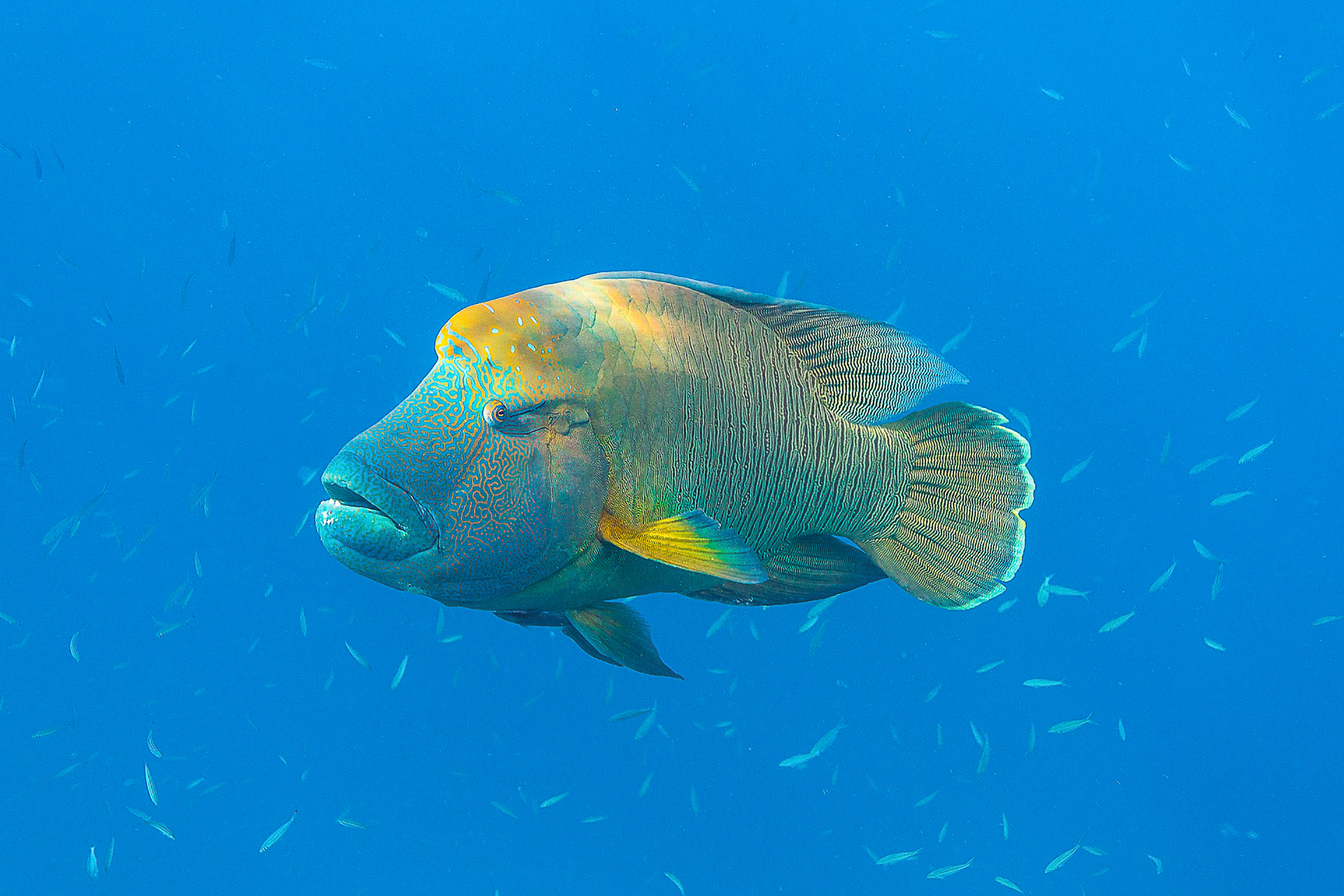
Image by Todd Thimios
Palau, Republic of Palau
Officially the Republic of Palau is an Island country in the Micronesian sub region of Oceania in the western pacific, the republic consists of 340 Islands and connects the chain of the Caroline Islands with parts of the FSM. While the ship is anchored in Koror, certified divers have the opportunity to embark on 1 or 2 dives guided by locals. For those preferring snorkeling, explore the stunning Rock Island with local guides.
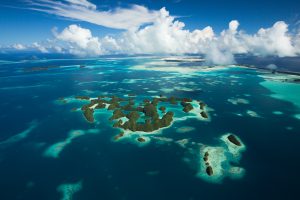
Image by Todd Thimios
Other Diving Opportunities in Palau
In his recently published book Ultimate Dive Sites, Australian photographer and author Todd Thimios has listed Palau as one of the world’s top 50 ultimate diving locations.
For those experienced divers who wish to explore more of Palau’s diving sites pre or post expedition, the drift dive at Blue Corner is a good place to start your Palaun dive adventure, being just 46km (about 50-70 minutes by speedboat) from Koror. Imagine a shallow table and vertical wall drop-offs with giant gorgonian fans, hard and soft corals, cabbage corals and large schools of fish. Then there’s reef sharks, dolphins, hawksbill and green turtles, eagle rays, and even the odd migrating whale or whale shark, together with visibility of up to 30m and depths ranging between 8m -30m.
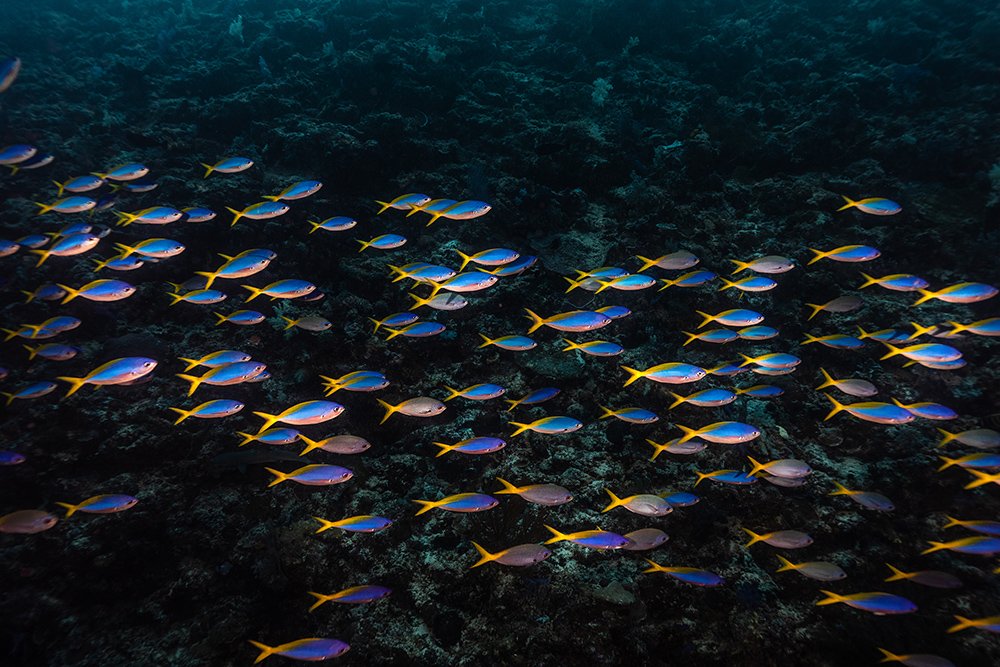
Image by Todd Thimios
A great spot for newbie divers is Ngedebus Coral Garden (also known as Matthew’s Place), 45km southwest of Koror, with calm conditions and shallow depths of under 23m. There are plenty of lovely hard corals, amongst the best you’ll find in the Pacific, plus rays and some unique fish including crocodile fish, lionfish and scorpionfish.
At the man-made German Channel, 37km southwest of Koror (about 50 minutes by speedboat) you’ll find rich, plankton filled currents and cleaning stations full of busy butterflyfish and cleaner wrasse, luring mantas year-round (though December to March is prime). You may also spot leaf fish, crocodile fish, octopuses and nudibranchs inside the coral gardens on the sides, plus schooling sharks, Jacks, barracudas and tropical fish aplenty. Visibility-wise, expect 20-40m, with the best visibility being on an incoming tide.
Ulong Channel is another favourite for divers, where, on an incoming tide, you can fly through the channel at high speed over enormous patches of cabbage corals, spying groupers, reef sharks and leopard sharks along the way.
The above is an edited extract from Ultimate Dive Sites by Todd Thimios, published by Hardie Grant Explore.
JOIN THE VOYAGE TO THE ISLANDS & ATOLLS OF MICRONESIA







